Microsoft Planner vs Trello: Which Kanban Tool is Better?
Both tools are great, but for different needs
8 min. read
Published on
Read our disclosure page to find out how can you help Windows Report sustain the editorial team. Read more

At first glance, it is hard to choose between Microsoft Planner and Trello, because they appear similar. Both are online Kanban tools that will help you enhance task and project management. However, there are key differences between them that should be considered when making a choice.
Ultimately, the best option depends on your specific needs, preferences, and workflow, as there is no universal solution for productivity software. If you’re struggling to decide between Trello and Microsoft Planner, remember that there are many other excellent planner tools available.
Microsoft Planner vs Trello comparison
Let’s start with a first glance comparison to highlight the main differences between Microsoft Planner and Trello.
| Microsoft Planner | Trello | |
|---|---|---|
| Learning curve | If you’re used to Microsoft’s Office apps, everything will fall into place. | Modern UI, with plenty of way to customize. |
| Task management | Planner is better suited for large teams and complex projects because it comes with a more structured workflow. | Trello is more fitting for smaller organizations and smaller time-limited projects. |
| Collaboration | The integration with all the Microsoft 365 ecosystem make it great for collaboration but if you’re trying to add users outside your organization that won’t be a simple task. | Assigning tasks in Trello is not quite easy, but if you want, you can collaborate with anyone, even outside the organization. However, that might not be great for security. |
| Automation | Planner lacks automation tools, but its integration with Microsoft Power Automation will fix that problem right away. | The built-in automation in Trello is really easy to use even if you didn’t use anything like this before. |
| Integration | The integration of apps outside the Microsoft 365 ecosystem is limited to say the least. | It supports over 200 third-party integrations, including Zapier. |
| Pricing | Included in Microsoft 365 Stand alone from $10 to $55 for user/month. | Free forever plan or from $5 to $10 for user/month. Customizable plans for enterprises. |
Read below to find our breakdown with the most important capabilities of the tools and the differences between them.
Trello is better adapted to the modern environments

From the start, you will notice that Trello is simply more fun to use. Dragging and dropping color coding, everything is easy to see in the planning board. You can customize the environment as much as you want and at some point, someone looking at your window might think you’re playing a management game.
If you’ve never seen a project management software, Trello comes with a lot of templates in many categories, so you almost never need to start from scratch. It also has an intuitive way to create boards and add tasks. Pressing Enter will just take you to the next logical step in making your lists quickly.
On the other hand, Planner is the office product you would expect from Microsoft. It doesn’t have too many customization options and you will not get so many templates. However, as we’ve highlighted in the table above, if you’ve ever worked with Microsoft Office products, you will definitely have a high learning curve with Planner as well.
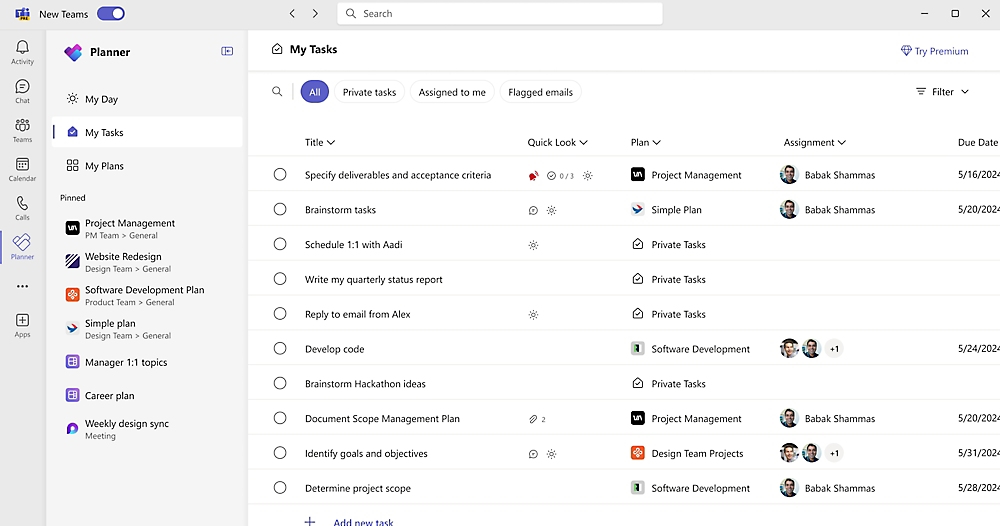
The tool is very efficient and pretty easy to use, but its flexibility is not its strongest part. For instance, with Planner you can only add one checklist and 20 checkboxes for a task. It’s also not possible to tag team members inside comments. And, as we mentioned above, it’s very hard to add people that are not within your organization.
All these Planner drawbacks are not dealbreakers though because the Microsoft tool has other talents we’ll emphasize below.
Microsoft Planner is better with task management structuring
The main purpose of both Microsoft Planner and Trello is to manage tasks within a timeframe, assign tasks and monitor all those processes to get certain projects from start to completion in the most efficient way.
Of course, both do that seamlessly, but Microsoft Planner has a more organized and precise approach to the entire process.
Besides a Progress marker (Not started, In progress and Completed), in Planner you may also add priority levels to any task from low to urgent, which can definitely help you with the flow management of your project. Moreover, you can change priority at any time and move things forward if you feel you’re losing some traction with some tasks.
Also, integrating checklists within tasks, you will see exactly what is the status of a process.
Although Trello doesn’t have a priority tab or checklists, you can set up the important levels with color coding the tasks. You can also add Power-Ups to help you with that, but it implies using a third-party integration if you really need to.
Planner works best in Microsoft 365 environments
Larger organizations use Microsoft 365 for office and management and Planner is the more natural choice in this case. That is because Planner works flawlessly with Teams, and Office applications. Planner doesn’t have data management tools, but it can work directly with the data management tools from Microsoft.
You will have Gantt charts and dependencies, goal management and team workload tools right at your fingertips. Also, Planner allows the building of interconnected tasks and all that will help you see the bigger picture of any project.
In contrast, with Trello, you will need third-party integrations to achieve this. It is possible, because Trello supports over 200 app integrations to build your workflow. For instance, we have a guide on how to integrate Slack with Trello. However, you will have to try some of them and choose wisely which one really helps and which one may actually work against you.
So, although Trello comes with a lot of freedom and flexibility, in may not be your cup of tea in some aspects.
Microsoft Planner vs. Trello pricing
If you have already Microsoft 365, you get Planner for free. However, the free version is pretty limited in terms of features. It is more oriented to users, not to actual project managers. For a medium to large organization, you will actually need to buy a Planner Plan that starts from $10 for user/month. That will unlock project goals, backlogs and sprints, premium plan templates, reports, a Timeline (Gantt) view, task dependencies, customization and integration.
The Microsoft Planner plans go up to $55 if you need enterprise resource management and allocation, and portfolio management. So, Planner doesn’t actually come for free, although you have a one month free testing period.
Trello has a free forever plan which includes a lot of features. You can build unlimited cards and you can include up to 10 boards on a workspace. You also get unlimited Power-Ups per board and unlimited storage as long as you don’t exceed 10 MB/file. However, it limits you to 250 workspace command runs per month.
If you need to go up to 1,000 command runs, you will need at least the Standard plan which is $5 per user/month. The next step is the $10 Premium plan which has unlimited command runs and Atlassian Intelligence (AI) which is an AI bot to help you running the project.
The conclusion here is that Trello is more affordable, and you can even use it for free if you’re managing small projects and teams.
Which one should I choose, Microsoft Planner or Trello?
This really depends on your project and organization needs. However, we can see two major usage demands that will recommend Microsoft Planner or Trello:
Trello is perfect if:
- You want a simple, cool interface
- You are regularly working with people outside your organization
- You’re managing a small organization and need a quick setup
- You don’t have a big budget for project management
For more information, check our review on Trello.
Microsoft Planner is ideal if:
- Your already have Microsoft 365 implemented in your organization
- You need to manage big projects with lots of team members and complex tasks
- The structure of your projects requires constant monitoring
- You are the project manager of a middle to large organization
We have a helpful guide on how to get and use Microsoft Planner.
Conclusion
Both Microsoft Planner and Trello are great products with the same outcome: managing a project from start to finish. However, each one has slightly different approaches to the whole process and are fit for different needs.
While we recommend Planner for Windows environments and larger organizations, Trello can really be an excellent choice when you need more flexibility and work with outside collaborators. Both can be tested before buying so if you’re somewhere in the middle, we encourage you to do just that.
If you’re interested in finding the best collaboration tools, click the highlighted list for some great options.
Let us know in the comments below which one did you choose and why.

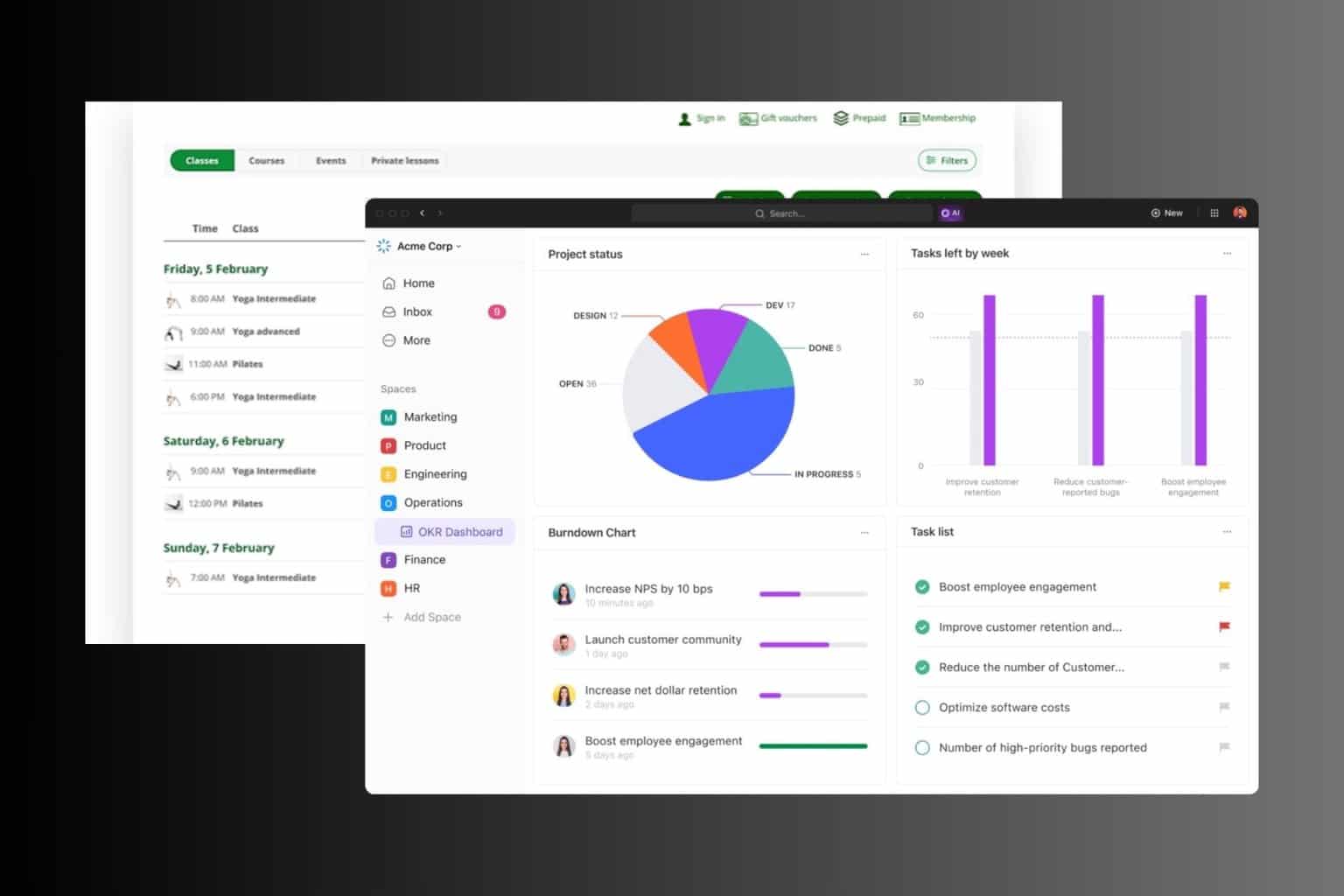

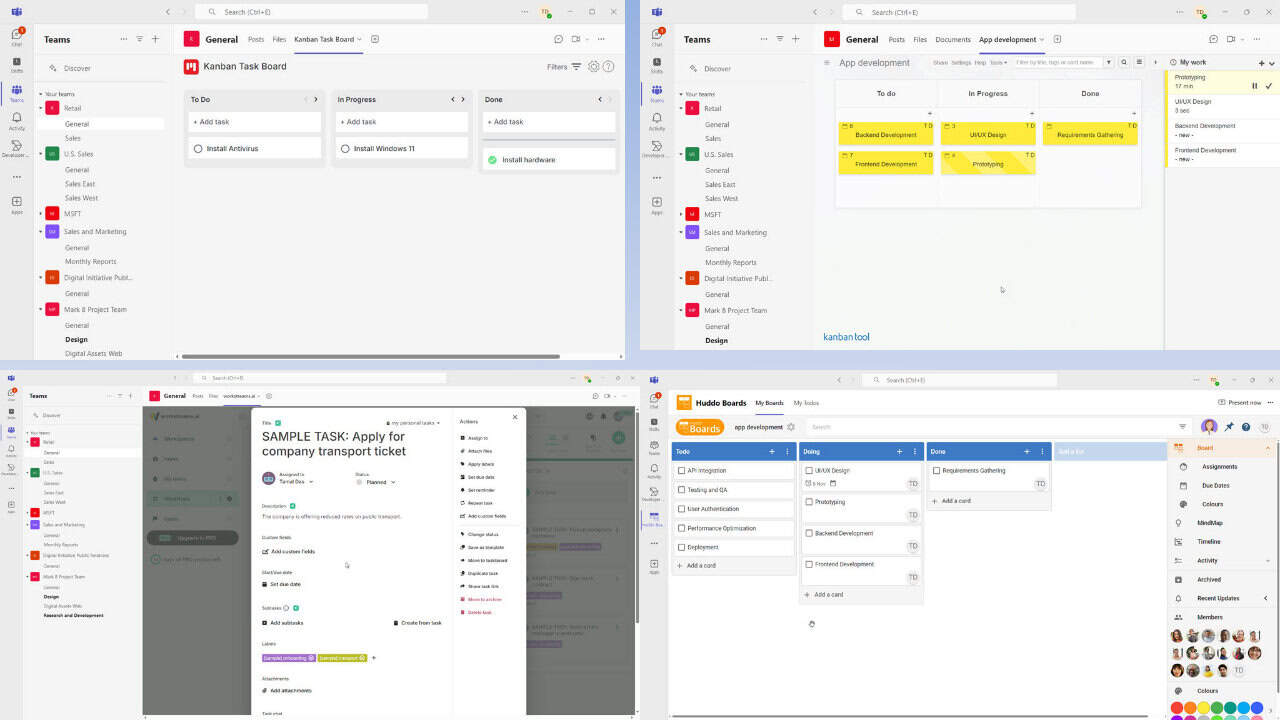
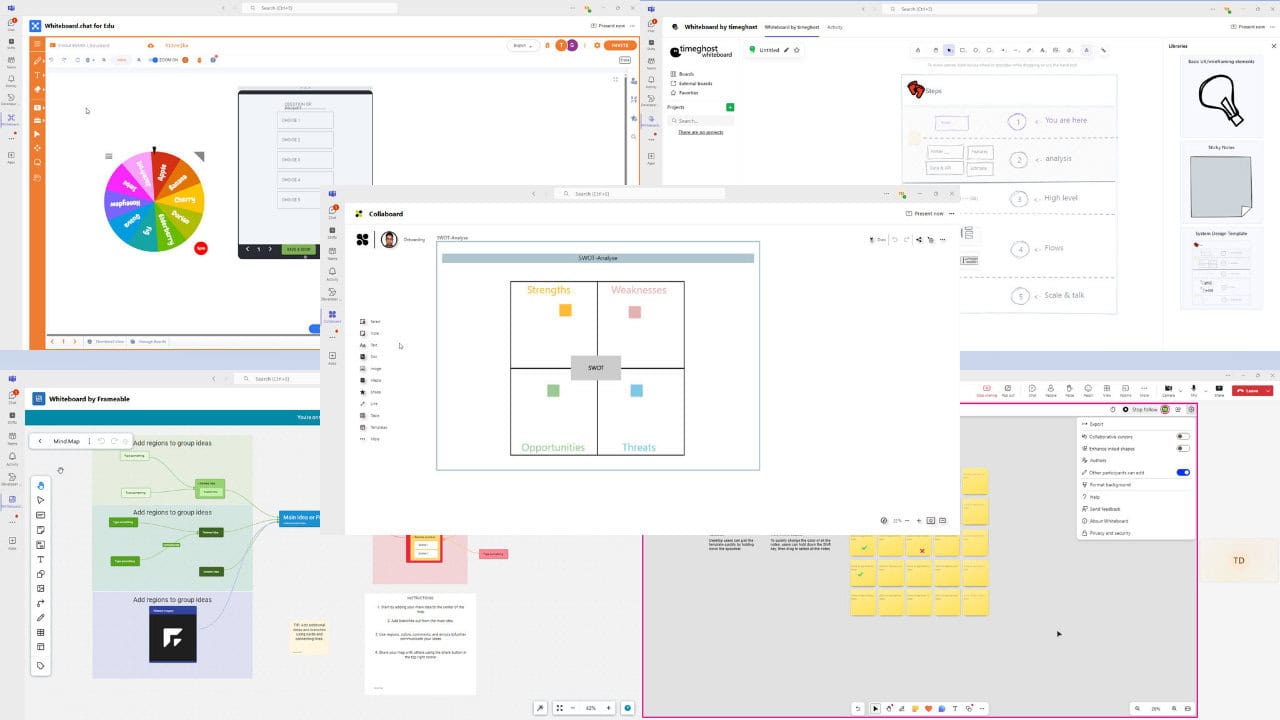

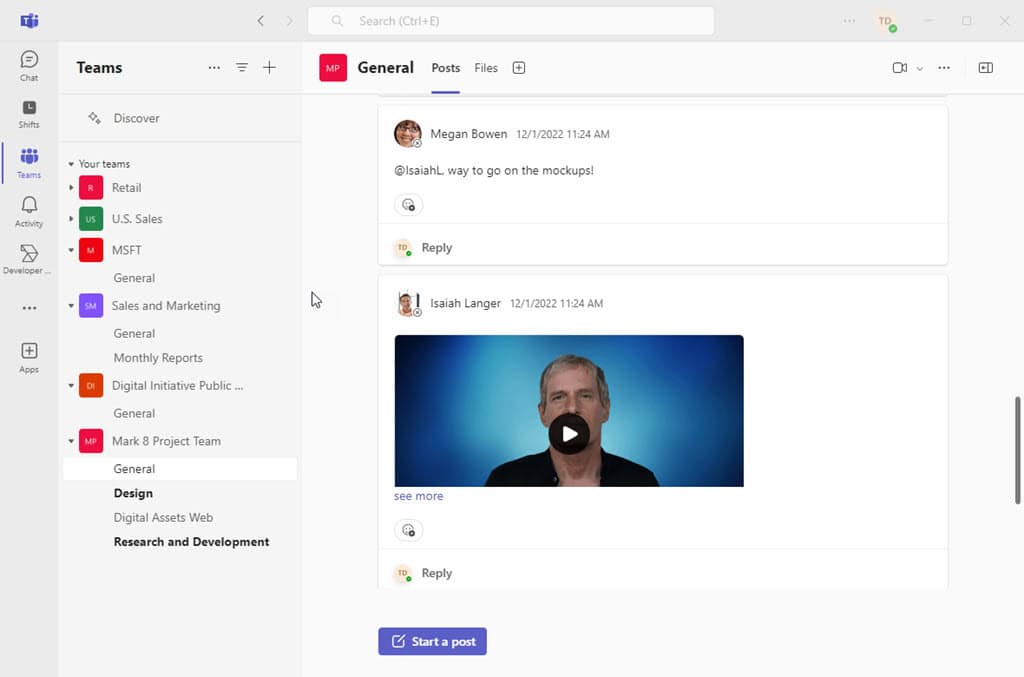
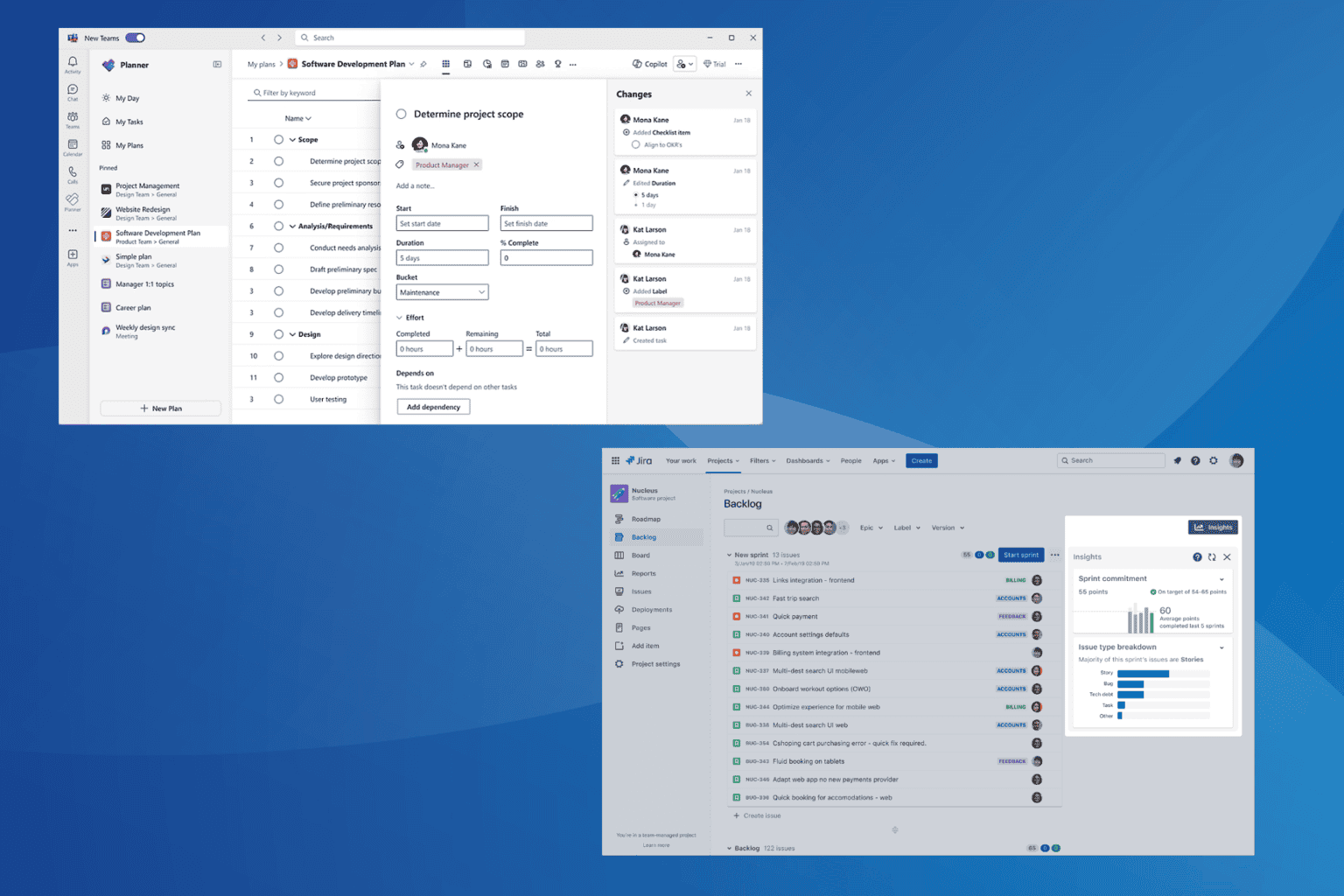
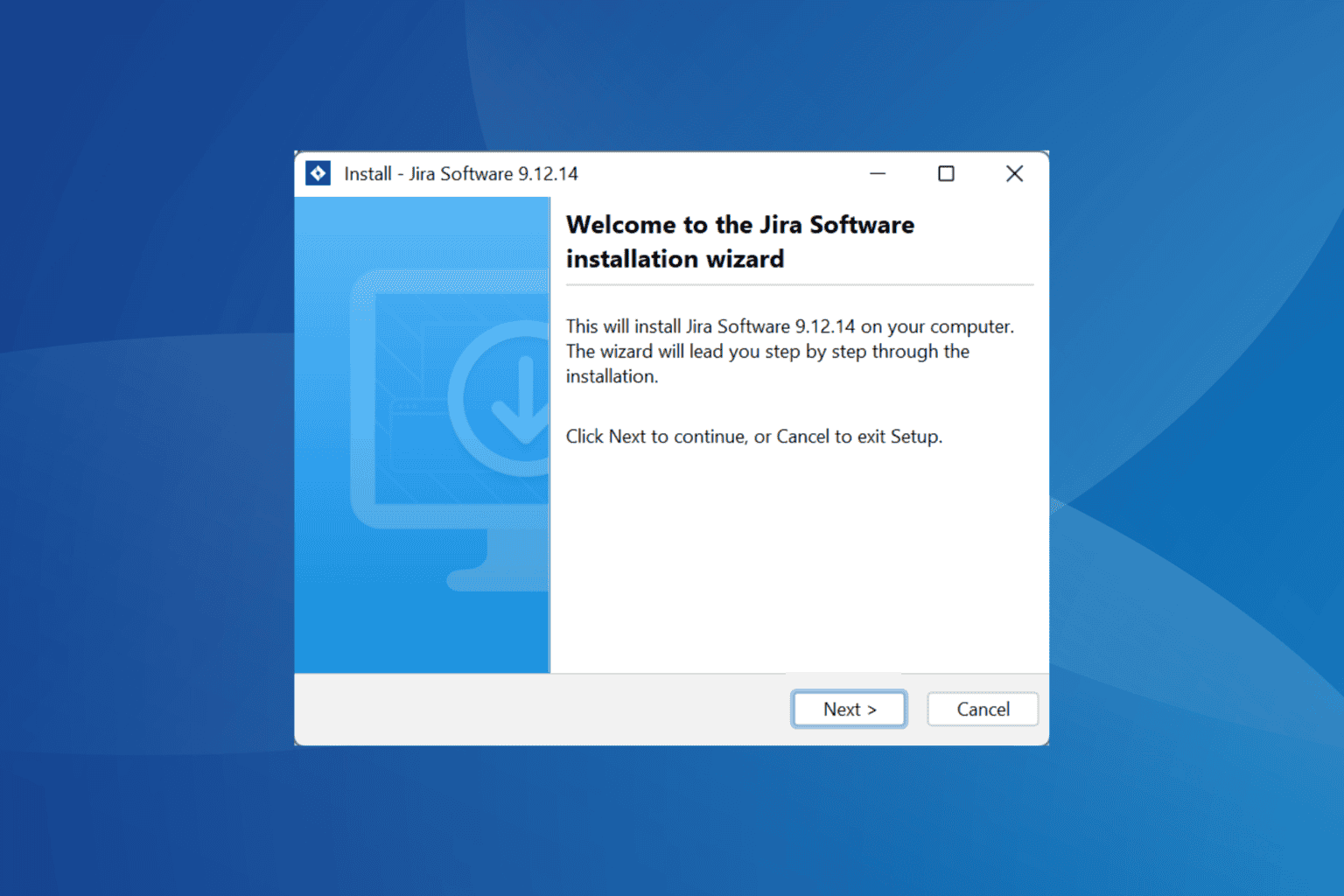
User forum
0 messages